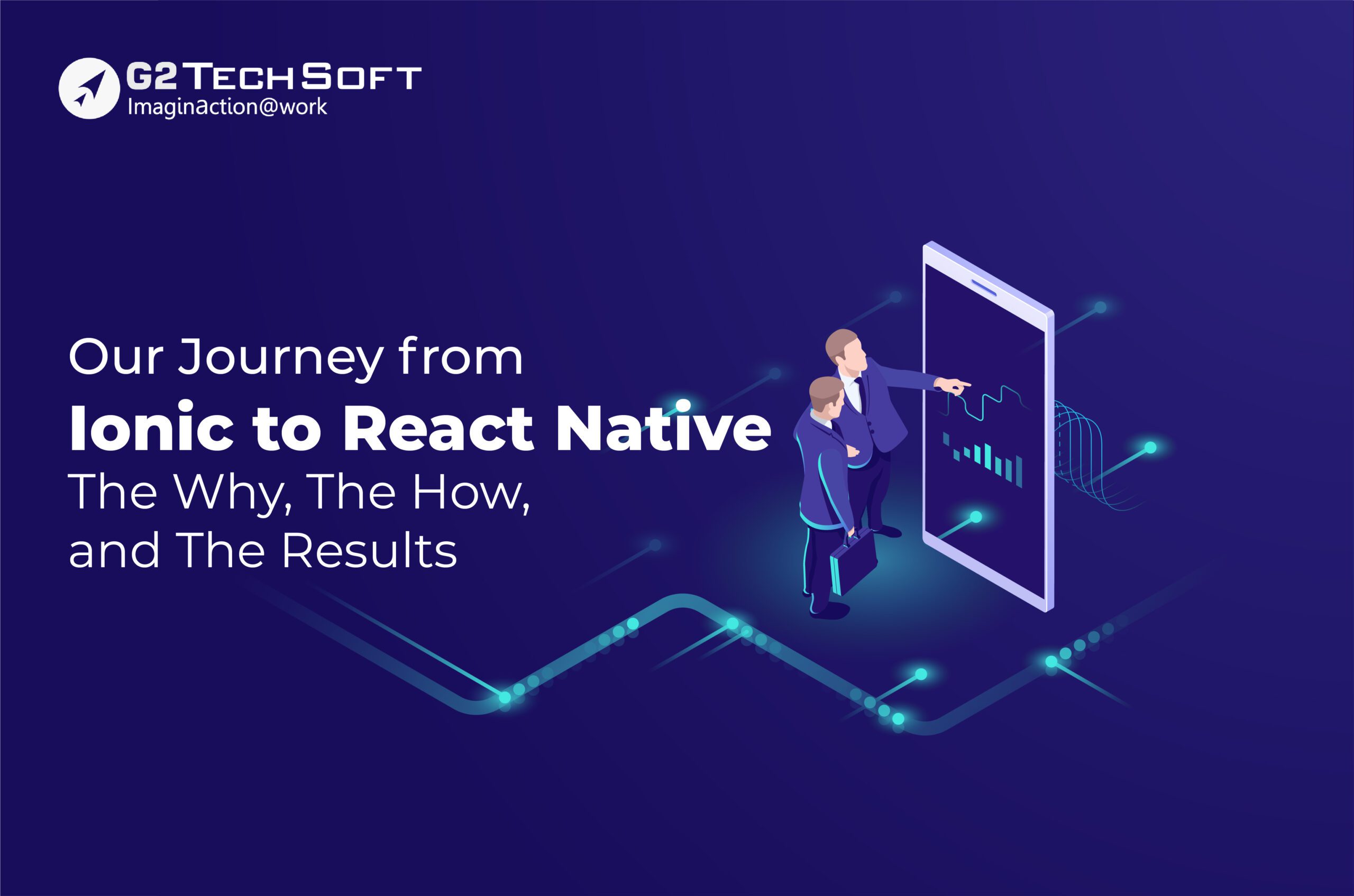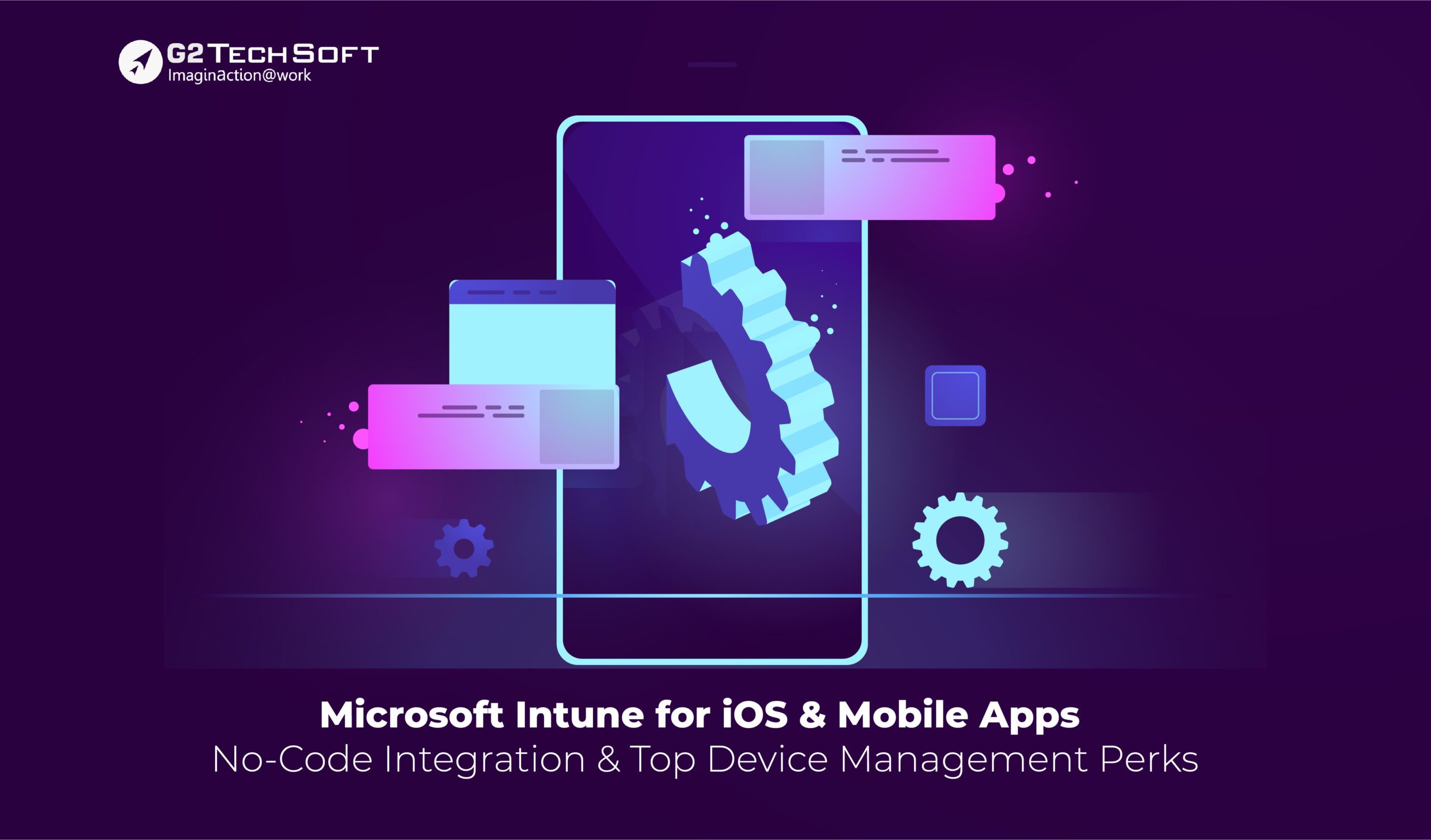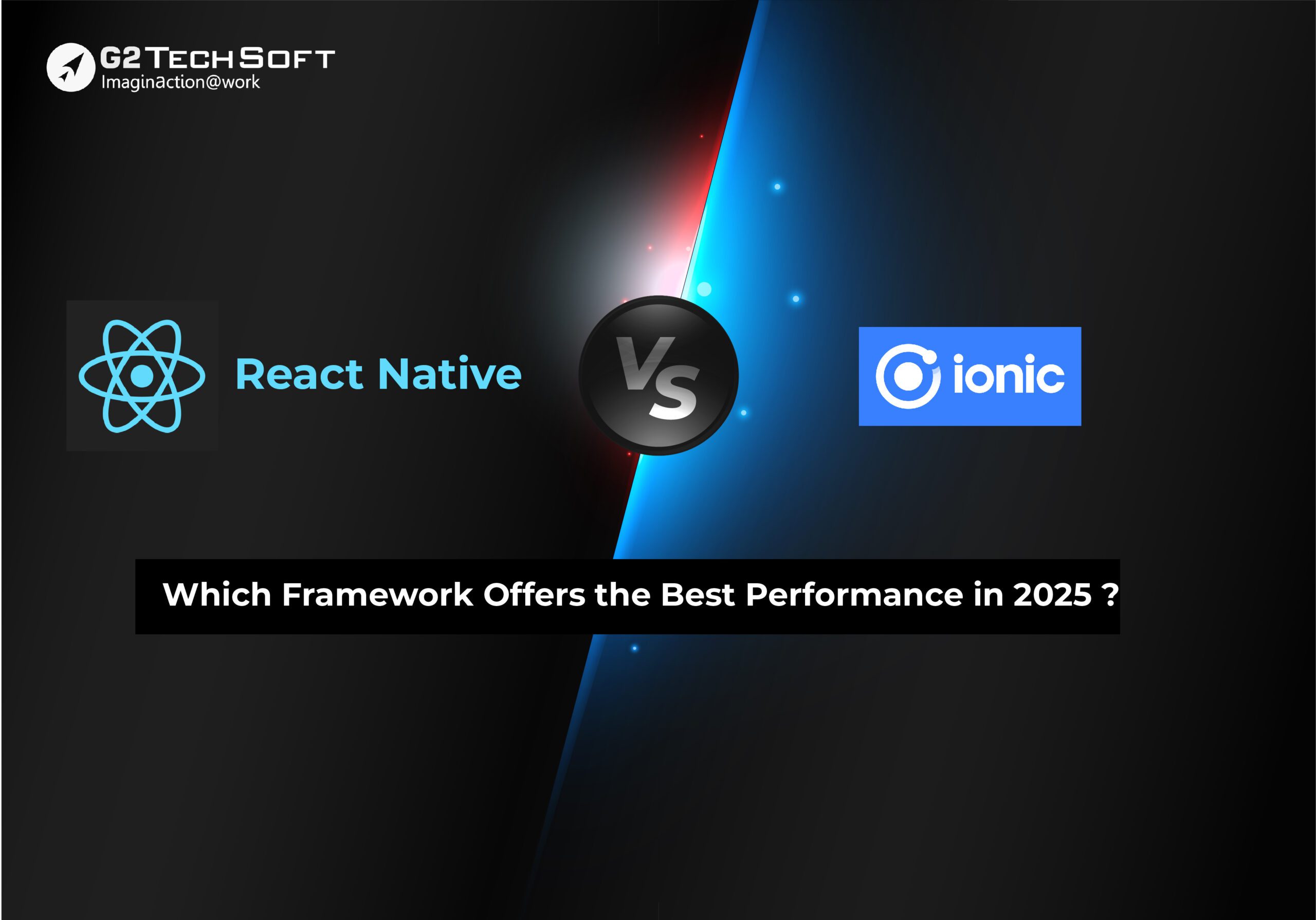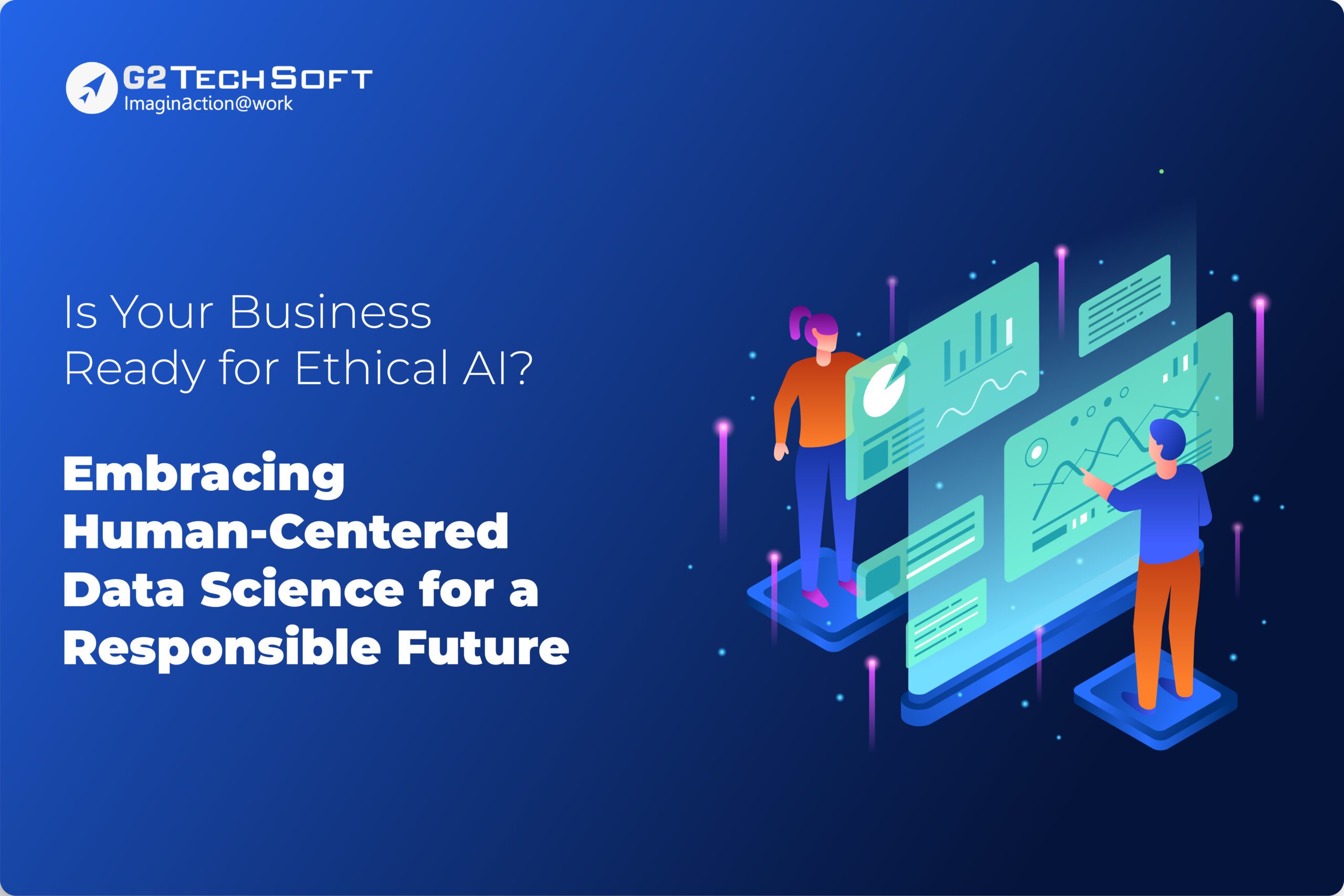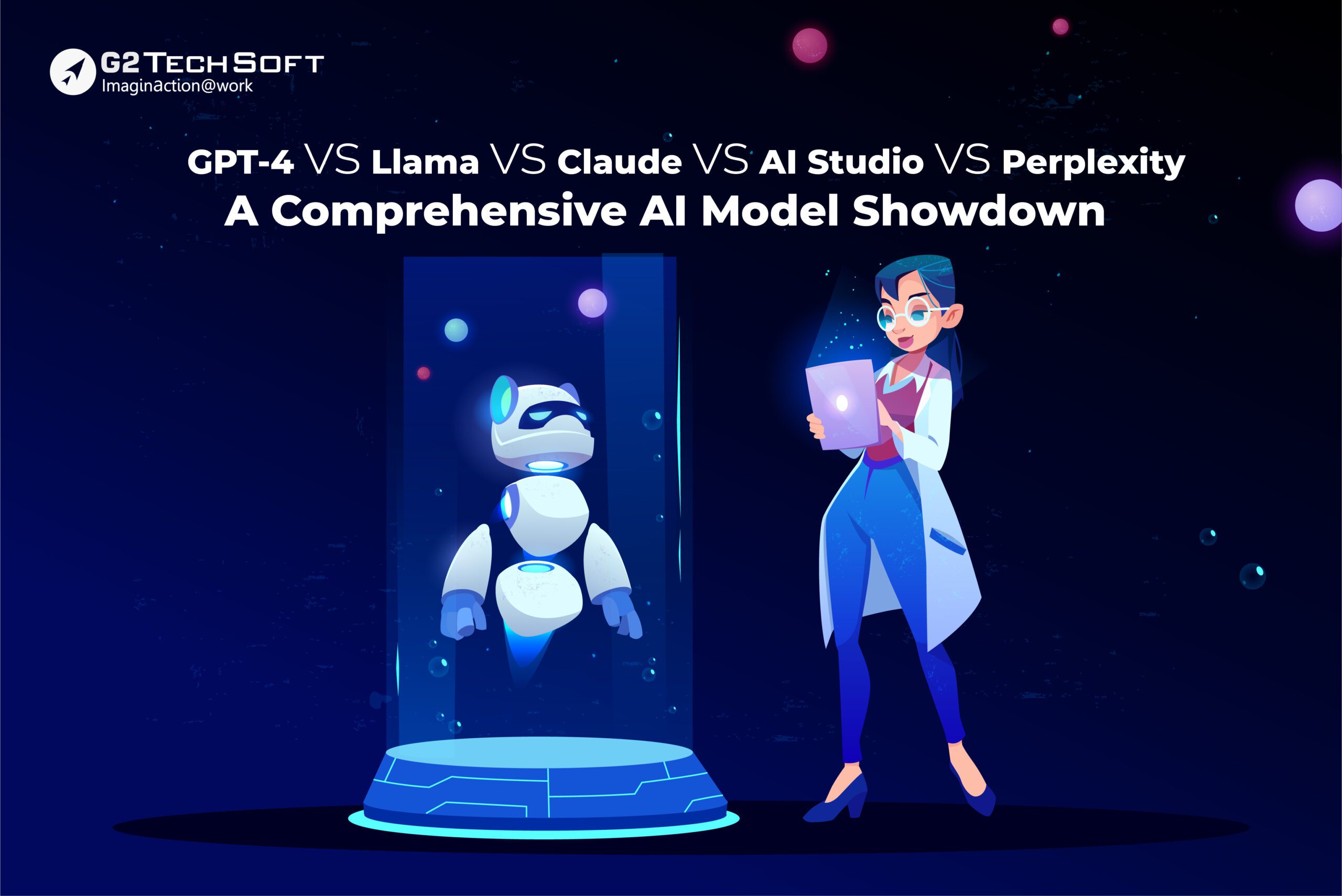
GPT-4 vs. Llama vs. Claude vs. AI Studio vs. Perplexity: A Comprehensive AI Model Showdown
In the constantly booming world of artificial intelligence, 2024 has been highlighted as a pivotal year for AI language models. The competition among leading models—GPT-4, Llama, Claude, AI Studio, and Perplexity—is fierce, with each vying for the title of the best AI model for NLP 2024.
As we consider the future of AI language models in 2024, it’s essential to recognize the trends shaping the industry. With a focus on accuracy, usability, and ethical AI developments in 2024, this comprehensive analysis will clarify the future of AI language models in 2024 and assist readers in understanding the latest trends in natural language processing.
Whether you’re evaluating GPT-4 vs Perplexity 2024 or weighing the pros and cons of GPT-4 vs AI Studio, this blog is designed to guide you through the intricate world of AI models, ensuring you find the right fit for your specific requirements in an increasingly digital landscape.
GPT-4: The Trailblazer In AI
GPT-4, constructed by OpenAI, stands as a trailblazer in the realm of natural language processing and artificial intelligence.
As the current iteration of the Generative Pre-trained Transformer series, this GPT-4 highlights a remarkable ability to comprehend and generate human-like text with unparalleled fluency and accuracy. Its extensive knowledge base, advanced reasoning capabilities, and powerful API make it an invaluable asset for a diverse range of applications—from content creation to coding and customer service.
Key Features:
- Generates coherent and contextually similar text to distinct writing tasks.
- Demonstrates superior comprehension of complex queries.
- Processes intricate questions to provide detailed responses.
- Maintains context over extended dialogues for a better user experience.
- Evaluates emotional cues in the text, boosting applications demanding emotional intelligence.
Strengths:
- Broad understanding of numerous topics.
- Tackles complex problems effectively.
- Facilitates seamless integration into various applications.
Weaknesses:
- Significant computational power is needed.
- Costs may be prohibitive for smaller businesses.
Claude: Conversational AI Having A Human Touch
Claude, constructed by Anthropic, is a cutting-edge conversational AI developed to offer responses that feel remarkably human.
With a focus on safety and interpretability, Claude excels in understanding context and nuance, making it an ideal choice for applications ranging from chatbots to content creation. Its ability to engage users in natural dialogue sets it apart in the competitive landscape of AI language models.
Key Features:
- Claude grasps the nuances of conversation, resulting in more meaningful interactions.
- It maintains context across multiple exchanges, enhancing user engagement.
- Users shall customize responses to specific preferences or needs.
- Claude shall handle distinct tasks simultaneously, boosting efficiency.
- Users of distinct skill levels can benefit from it because of its user-friendly design.
Strengths:
- Claude is known for producing outputs that feel natural and empathetic.
- Emphasizes minimizing harmful outputs while maximizing utility.
- Capable of managing extended dialogues with ease.
Weaknesses:
- Lacks the capability to get real-time data from the internet.
- While it excels in conversational quality, it may not match GPT-4 in analytical tasks.
Llama: Meta’s Answer To Open Source AI
Constructed by Meta, Llama, is a potential open-source AI model crafted to compete with high-ranking language models like GPT-4 and Claude.
Known for its impressive capabilities in natural language understanding and generation, Llama aims to provide a flexible and customizable solution for developers and businesses alike. Its open-source nature allows for extensive community collaboration, making it a strong contender in the evolving landscape of AI.
Key Features:
- Llama permits developers to customize and fine-tune the model as per their tailored needs.
- With a context length of up to 128K tokens, Llama can process complex prompts and long-form text efficiently.
- The model supports multiple languages, enhancing its usability across diverse applications.
- Llama consistently achieves competitive scores on various AI performance benchmarks.
- Its architecture allows for easy integration into different platforms and applications.
Strengths:
- The open-source nature permits tailored solutions that match specific requirements.
- Llama excels in tasks such as question answering, summarization, and translation.
- This robust ecosystem boosts innovation and continuous enhancement.
Weaknesses:
- While effective, Llama shall not match or meet the conversational finesse of GPT-4 or Claude.
- Customizing the model can require technical expertise.
Perplexity: The AI-Powered Search Assistant
Perplexity, developed as an AI-powered search assistant, stands out in the crowded field of artificial intelligence by providing precise, context-aware answers through real-time web searches.
Its ability to integrate multiple large language models (LLMs) like GPT-4 and Claude allows it to deliver accurate information tailored to user queries. Perplexity is particularly useful for research and factual inquiries, making it a valuable tool for both casual users and professionals.
Key Features:
- Perplexity drags data from live web sources, making sure that users get the most recent information available.
- This platform does a great job of determining user intent, enabling accurate and relevant answers.
- It integrates a wide range of sources, enhancing the richness and reliability of its answers.
- Each response includes source citations, fostering trust and enabling further exploration of topics.
- Users can choose between different LLMs, including GPT-4 and Claude, depending on their needs.
Strengths:
- Perplexity is known for its precise and insightful answers to complex questions.
- The ability to source information from the internet ensures relevance and timeliness.
- Provides organized summaries with citations, enhancing the credibility of its information.
Weaknesses:
- Although useful for factual queries, it could not be as conversational as models such as GPT-4 or Claude.
- Some feel this platform’s interface is less intuitive compared to the other competitors.
AI Studio: Google’s Comprehensive AI Platform
AI Studio, constructed by Google, is a comprehensive AI platform designed to facilitate the development, deployment, and management of AI applications.
With its robust set of tools and features, AI Studio aims to streamline the integration of artificial intelligence into various workflows. Its capabilities range from natural language processing to image recognition, making it a versatile choice for businesses looking to leverage AI technology.
Key Features:
- AI Studio offers a user-friendly interface that untangles and simplifies the development procedure for AI applications.
- The platform supports distinct data types, including images, text, and audio, permitting diverse applications.
- Designed to handle projects of any size, AI Studio can scale resources according to user needs.
- Users can access a library of pre-trained models, reducing the time needed for training and deployment.
- Built-in features facilitate teamwork and project management among developers and data scientists.
Strengths:
- Offers a wide range of features for different aspects of AI development.
- Backed by Google, users benefit from extensive documentation and community resources.
- Effortlessly integrates with third-party applications and other Google services.
Weaknesses:
- The wealth of features may overwhelm new users or those unfamiliar with AI development.
- Running large-scale projects may require significant computational resources.
Comparative Insights:
In the current world of AI models, comparisons such as GPT-4 vs Claude performance, GPT-4 vs Llama, and AI Studio vs GPT-4 are pivotal for understanding where AI Studio stands relative to its peers. For instance:
- The GPT-4 vs Llama comparison reveals that while Llama focuses on open-source flexibility, GPT-4 offers more sophisticated conversational abilities.
- When examining GPT-4 vs Perplexity 2024, it becomes evident that Perplexity excels in providing up-to-date factual information but may lack the generative creativity of GPT-4.
- The analysis of Claude AI vs GPT-4 2024 indicates that Claude may excel in maintaining conversational context but lacks the depth of understanding that GPT-4 provides.
- In the context of AI Studio vs GPT-4 NLP, AI Studio provides a more extensive toolkit for developers but may not match GPT-4’s conversational prowess in specific applications.
- The AI Studio vs GPT-4 NLP comparison reveals that AI Studio offers a more extensive toolkit for developers, making it an ideal choice for enterprise applications. However, GPT-4’s conversational prowess still makes it a preferred option for tasks requiring nuanced interactions.
Final Verdict:
Picking the unique AI model hinges on your ideal requirements and objectives. Each model possesses distinct perks tailored to different use cases.
GPT-4 is highlighted for its versatility and capability to handle a huge volume of tasks, making it an ideal choice for general applications. On the other hand, Llama is particularly suited for those seeking open-source solutions and customization options, allowing businesses to adapt the model to their specific needs.
Claude excels in conversational tasks, providing a more human-like interaction that is beneficial for chatbots and customer service applications. AI Studio offers a comprehensive platform designed for enterprise needs, providing flexibility and scalability for larger projects.
Lastly, Perplexity is the ideal choice for research and search assistance, leveraging real-time data to deliver accurate information. Taking the time to analyze these elements will ensure you select the most appropriate AI model for your needs in 2024.
